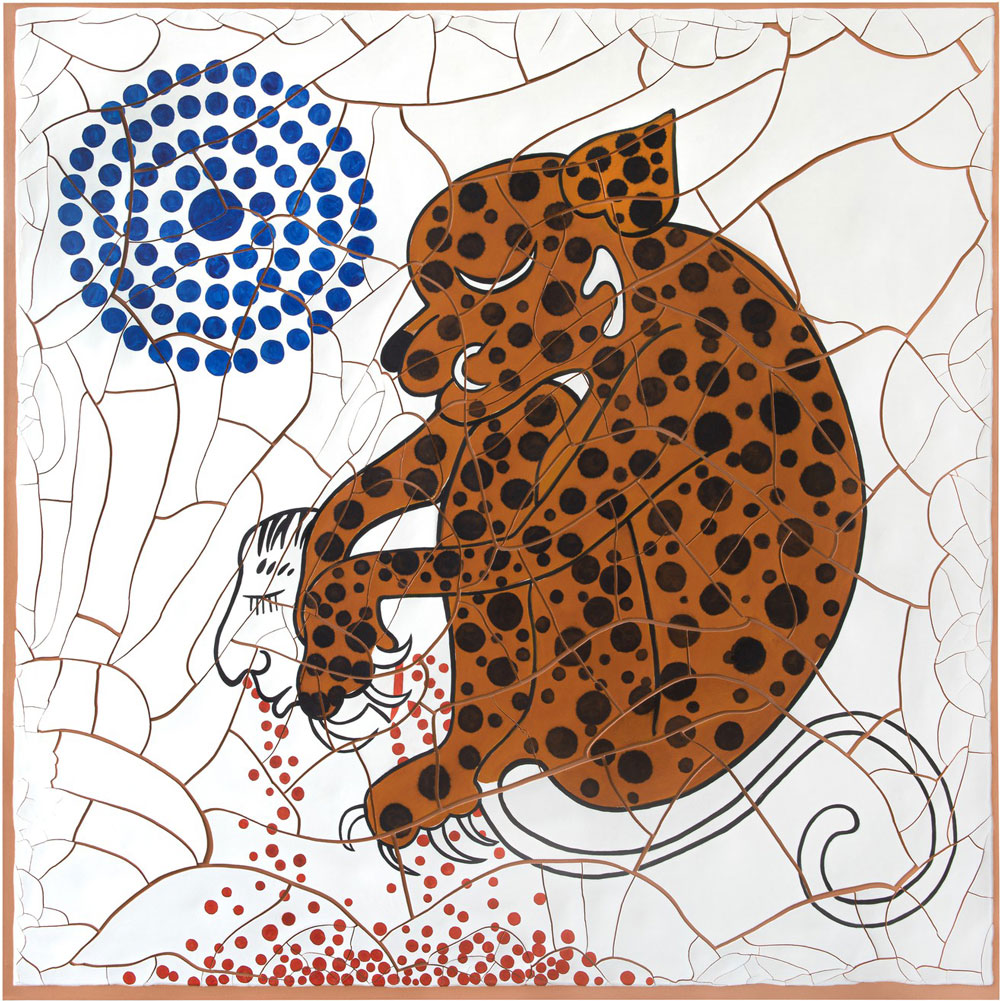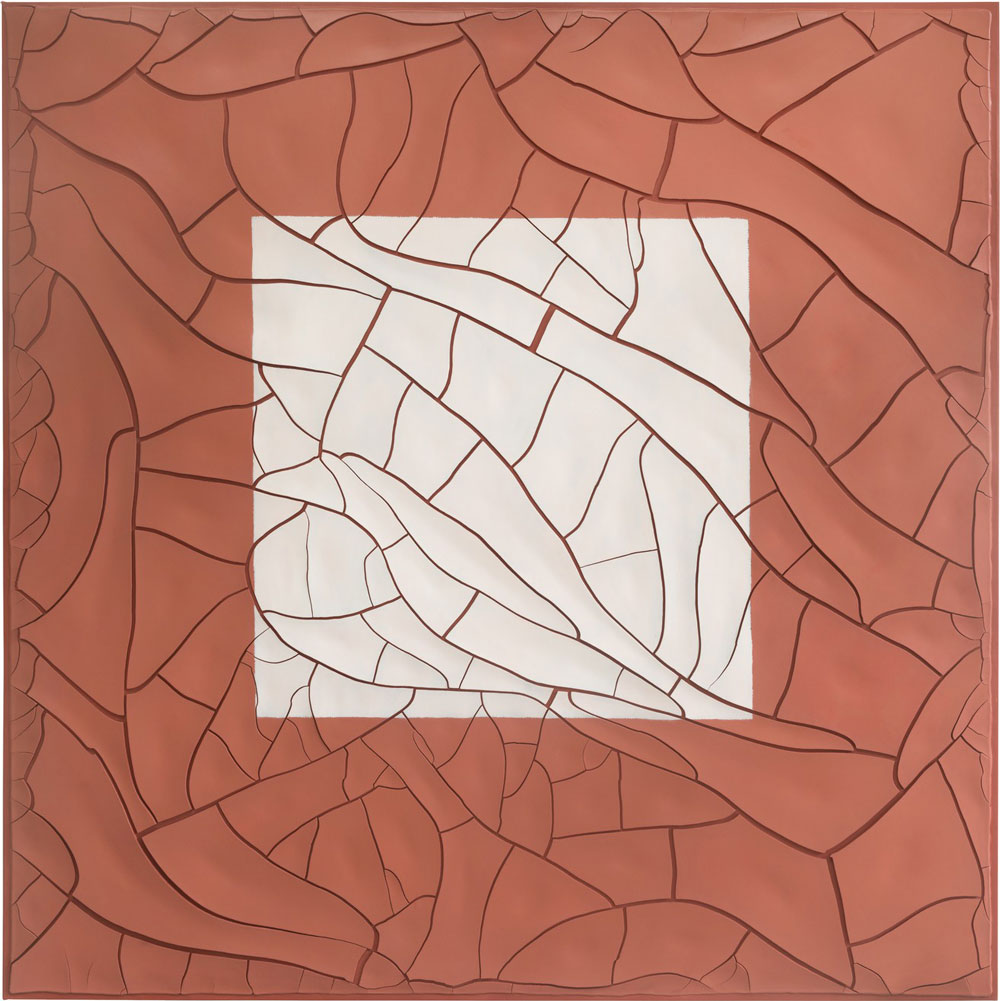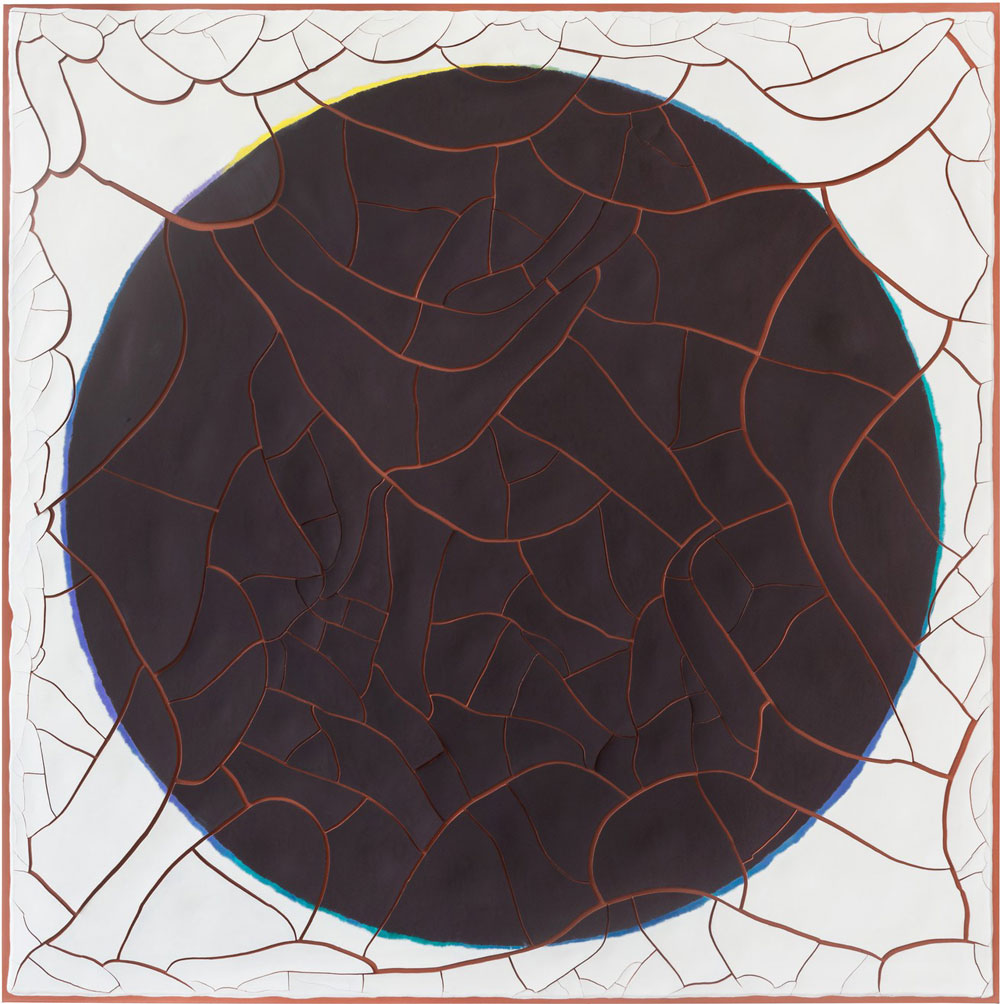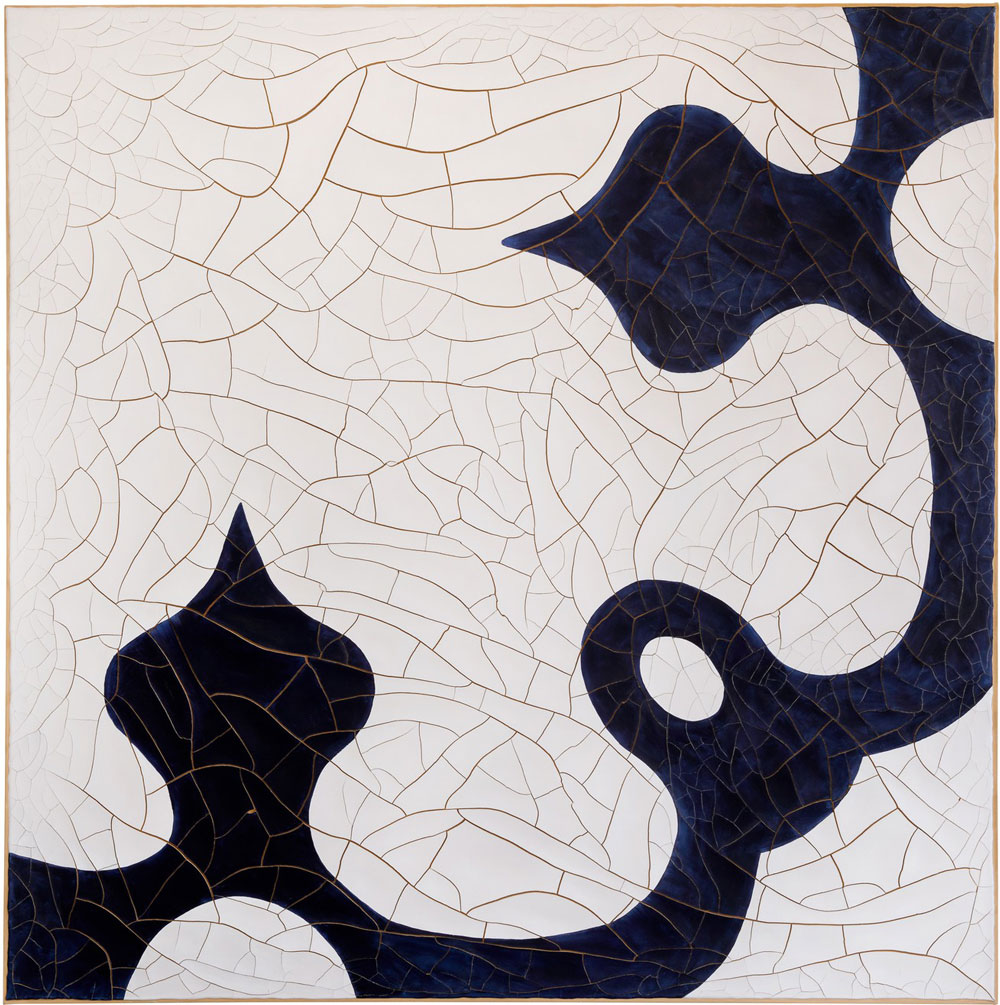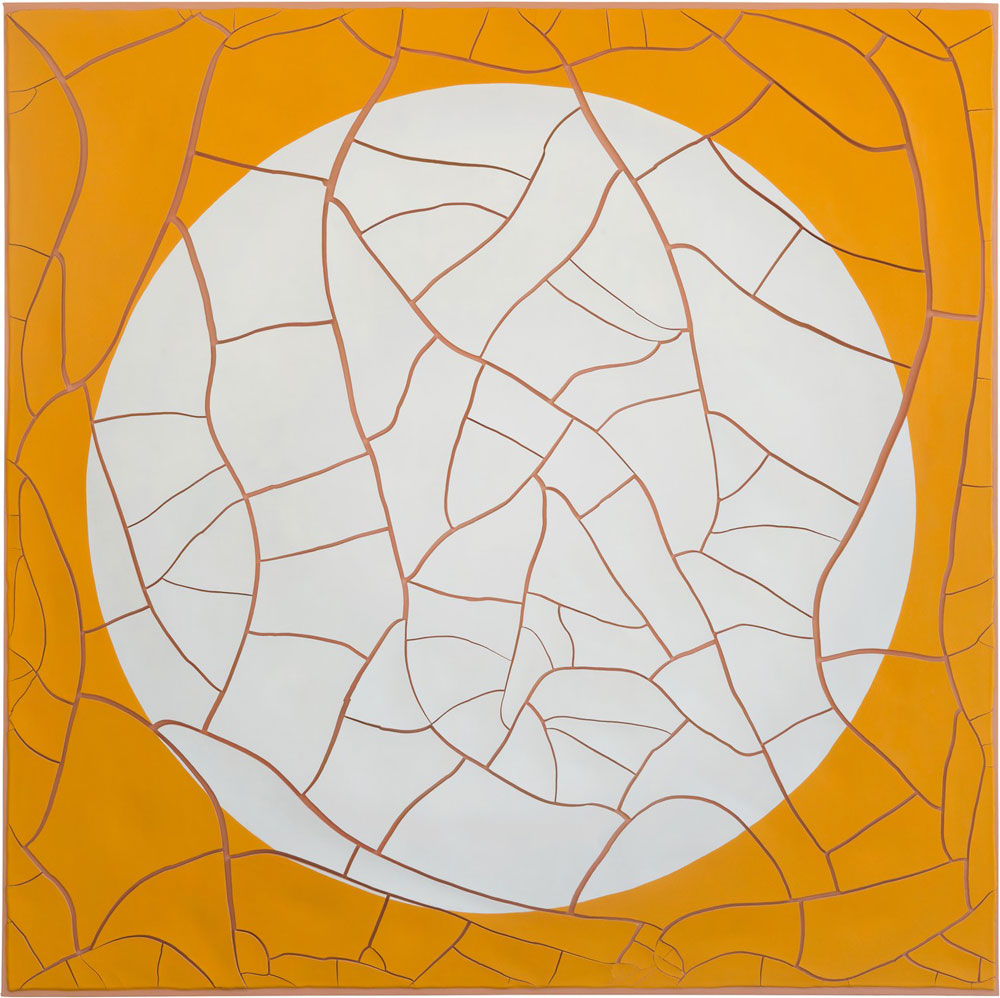ART CITIES:N.York-Adriana Varejão, Part II
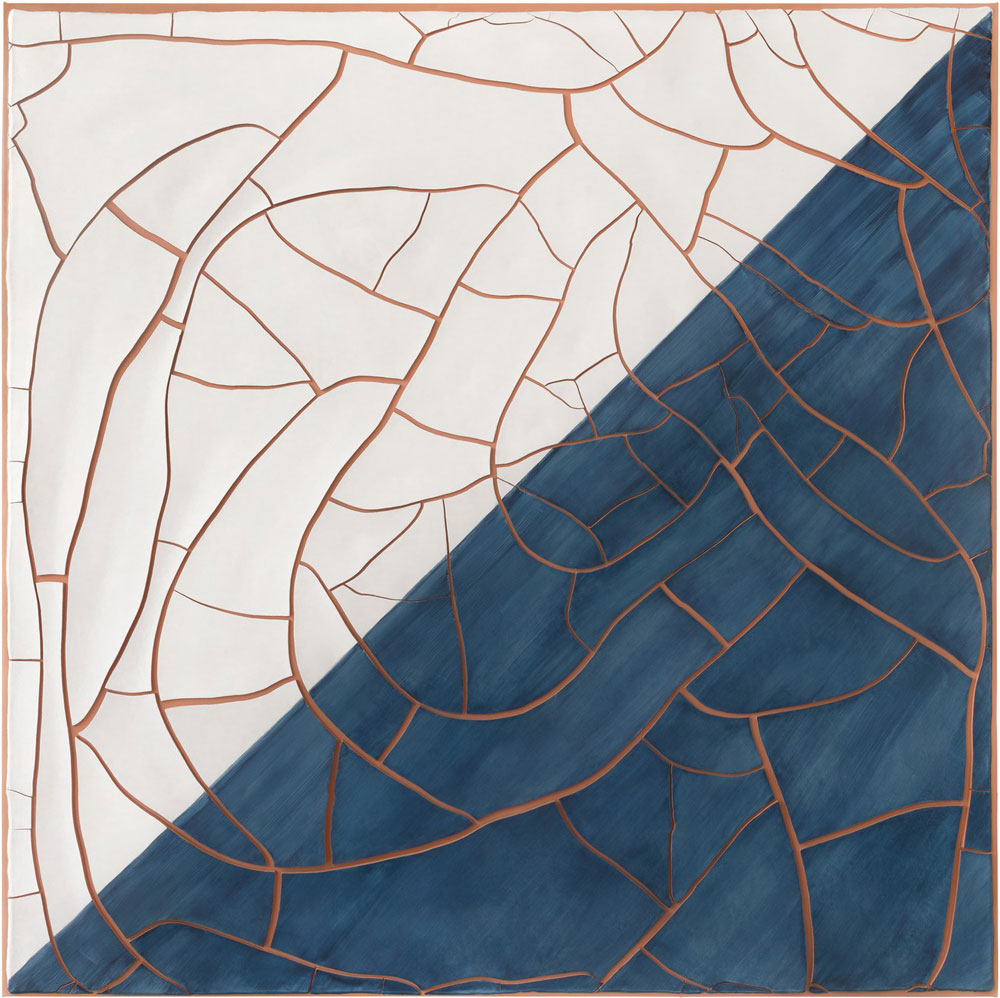 Adriana Varejão has developed a rigorous practice that is informed by cultural and historical research. Each series is based on intense investigation into fields such as art history, anthropology, colonial trade, demography, and racial identity. Her early work resulted in graphic depictions highlighting historical inaccuracies and hierarchies of power during Brazil’s colonial period, often referencing the subjugation of the native peoples by Portuguese conquistadors and the evangelization by Catholic missionaries (Part I).
Adriana Varejão has developed a rigorous practice that is informed by cultural and historical research. Each series is based on intense investigation into fields such as art history, anthropology, colonial trade, demography, and racial identity. Her early work resulted in graphic depictions highlighting historical inaccuracies and hierarchies of power during Brazil’s colonial period, often referencing the subjugation of the native peoples by Portuguese conquistadors and the evangelization by Catholic missionaries (Part I).
By Dimitris Lempesis
Photo: Gagosian Archive
In recent years, Adriana Varejão has developed a confluent interest in the culture of pre-Hispanic, colonial, and modern Mexico. In January 2017, she visited Puebla as a guest of the Museo Amparo to study local talavera and cholula polychrome pottery. Her subsequent engagement with talavera, whose heterogeneous cultural sources parallel those of the Brazilian Baroque impulse that has guided her artistic inspiration thus far, has catalyzed a new direction in her paintings in which the clean shapes and bright hues of hard-edge abstraction are brought into dialogue with pre-Hispanic artisanal forbears. Through this conscious interweaving of time, culture, and place, Varejão draws attention to the parallels between aesthetic systems previously separated by dominant master narratives and raises vital questions about the life of forms in art. Adriana Varejão in her new solo exhibition “Talavera” presents new paintings. Living and working in Rio de Janeiro, Adriana Varejão draws upon the potent visual legacy of colonial histories and transnational exchange, creating confluent forms that expose the multivalent nature of memory and representation. In the late 1980s, Varejão began researching azulejos, the glazed terra-cotta tiles of Arab origin that have been the most widely used form of decoration in Portuguese art since the Middle Ages and that were brought to Brazil through colonization and trade. From this, she developed her unique and ever-evolving series of “tile” paintings, made by covering a square canvas with a thick layer of plaster and allowing it to gradually dry to produce a surface with deep fissures resembling ancient crackled porcelain—or geological time itself. Varejão’s most recent tile paintings explore the culture of Talavera poblana, the Mexican ceramic tradition originating in Spain that, like the azulejo, draws on diverse sources, in this case, indigenous, Hispanic, Italian, and Chinese. A photograph of a wall of Talavera tiles taken by Varejão in Mexico in the mid-1990s formed the basis for the painting “Parede Mexicana” (1999); twenty years later, this painting has become the indexical reference for an entire new series where the key motifs of individual tiles are adapted and enlarged to seventy-inch square canvases. In Varejão’s transformative process, these motifs shift into crisp geometries with a bold and decisive use of color, invoking the dynamic designs of Brazil’s leading modernists, from Oscar Niemeyer to Athos Bulcão, while suggesting affinities with twentieth-century innovators, such as Josef Albers and Ellsworth Kelly. Varejão revels in these unexpected artistic crossroads; by interweaving time, culture, and place, she initiates dialogue between aesthetic systems once segregated by dominant master narratives, and in so doing raises provocative questions about the lives of forms in art. The paintings surround three new “Meat Ruins” (2000- ), towering columns that simulate fragments of Talavera-tiled walls and architectural elements. At first glance, their exposed cross-sections speak to the radical “anarchitecture” of Gordon Matta-Clark, but Varejão replaces the lathes and plaster of his urban surgical exercises with roiling masses of painted viscera to simulate the veined marble and corporeal drama of the Baroque. In their eroticism and theatricalized reinvention of space and place, the “Meat Ruins” embody the violence that has shaped Latin American history, and capture the spirit of antropofagia that transfigured the social taboo of cannibalism into a process of cultural absorption in the modern period.
Photo: Adriana Varejão, Blue and White Talavera Tile, 2020, Oil and plaster on canvas, 70 ⅞ × 70 ⅞ inches / 180 × 180 cm, © Adriana Varejão, Photo: Vicente de Mello, Courtesy the artist and Gagosian
Info: Gagosian Gallery, 522 West 21st Street, New York, Duration: 3/5-26/6/2021, Days & Hours: Tue-Sat 10:00-13:00 & 14:00-18:00 (by appointment only, book here), https://gagosian.com
